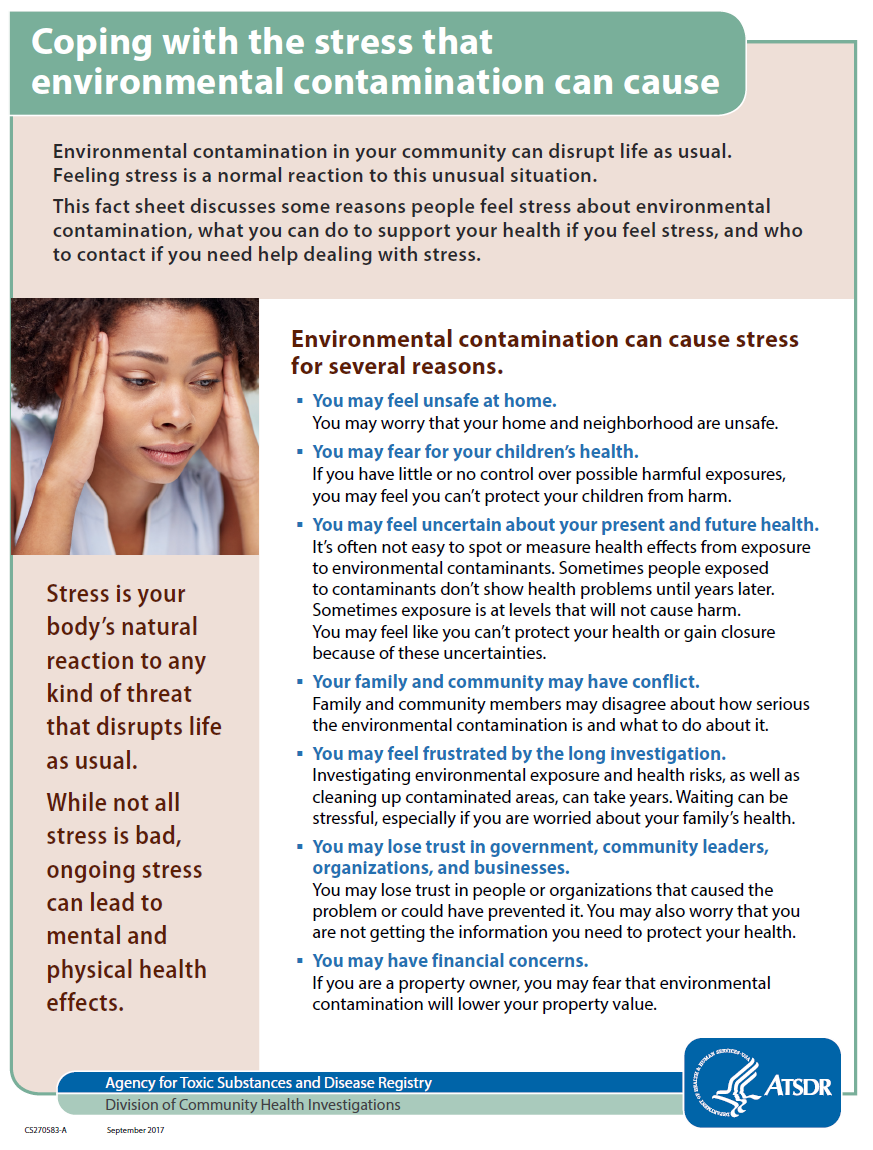Hazardous Sites & Substances
- Hazardous Sites and Substances Home
- Hazardous Waste Sites
- Topics
- Choose Safe Places Minnesota
- Environmental Exposures Grand Rounds
- Exposure and Health Investigations
- Contact us
Related Topics
- Water Contaminants and Your Health
- Cancer and the Environment
- Fish Consumption Guidance
- Children's Environmental Health
- Air Quality by Topic
- MN Public Health Data Access Portal
Environmental Health Division
Contact Info
About Hazardous Sites and Releases in Minnesota
The Minnesota Department of Health (MDH) through the Site Assessment and Consultation Unit (SAC) evaluates public health risks at sites or facilities where chemicals have been released into the environment.
Site information
The Site by County List has links to recent and active site evaluations. If you are interested in documents that are not linked, please contact us and we will send you the document.
The documents are accurate at the time they were written. There may have been changes, remedial activities, or other developments in the intervening time.
Evaluations are in the form of documents and may include:
- Site history.
- Contaminants.
- Exposure pathways.
- Recommendations for protecting public health.
For current information, please contact us.

Evaluation information
The evaluation process has four parts:
- Evaluate exposure.
- Evaluate toxicity.
- Characterize health concerns and develop recommendations.
- Engage the community.
(1) Evaluate exposure
In order to evaluate exposure, MDH scientists review information about environmental conditions at the site. They determine, from available information, how much contamination is present and where it is located. The presence of a toxic chemical does not necessarily mean people have been or are exposed to a health hazard. MDH evaluates exposure by determining a person's risk. This is accomplished by evaluating how often and how much people are exposed to contaminants in air, water, and soil.
People may come into contact with chemicals in many ways. The most common routes of exposure are skin contact, inhalation, and ingestion. In addition, a fetus or breastfeeding child can be exposed to chemicals that entered its mother's body.
(2) Evaluate toxicity
When there is evidence that people are, or could be, exposed to contaminants, MDH scientists seek to determine whether public health is affected. The evaluation is based on the best available scientific information on the toxicity of the contaminants.
MDH evaluates individual chemicals to understand their toxicity or ability of the chemical to cause harm. The toxic effects of a chemical can be different from one person to another based on factors such as age, body weight, nutritional status, the exposure route, and a person's genetic makeup. Chemicals have specific health effects and some populations are more vulnerable to these effects than others.
(3) Characterize health concerns and develop recommendations
MDH issues reports with our conclusions about any potential public health concerns posed by a hazardous chemical site. We also make recommendations for preventing or reducing human exposure to contaminants.
The role of MDH in sites where there are contaminant releases is primarily advisory, not regulatory. Our evaluations typically recommend actions to be taken by other agencies that do have regulatory authority-including the U.S. Environmental Protection Agency, the Minnesota Department of Agriculture, and the Minnesota Pollution Control Agency.
However, if there is an immediate health threat, MDH will issue a public health advisory. MDH notifies people of the hazard and works in cooperation with others to resolve the problem.
(4) Engage the community
Outreach and health education activities insure that community health concerns are included in our evaluation and recommendations. MDH works with stakeholders surrounding affected sites including local, state, and federal government, and those responsible for site cleanup. Concerns and issues for residents living and working near affected sites are an integral piece of the evaluation.
The federal Agency for Toxic Substances and Disease Registry, an agency of the U.S. Department of Health and Human Services, provides technical and financial support for site evaluation activities.
See our Contact Us page for information about how to contact the Site Assessment and Consultation Unit.
Each year MDH develops a work plan that includes a list of priority sites identified by Minnesota Pollution Control Agency (MPCA), Minnesota Department of Agriculture (MDA), Agency for Toxic Substances and Disease Registry (ATSDR), and Environmental Protection Agency (EPA).
We also respond to requests from local health departments and other health agencies, and from Minnesotans who are concerned about sites. Any site where there may be a health hazard will be considered for evaluation.
When an investigation is finished, MDH issues a report on the site. The report describes the site's hazards and recommends actions designed to protect the health of the public.
Our reports on hazardous sites are distributed to government agencies involved in the investigation as well as citizens who request them. MDH mails letters or information sheets summarizing the site report to everyone who has expressed interest in the site. We also use a variety of other media-including community meetings-to explain our findings.
MDH works closely with all parties involved to see that our recommendations are carried out.